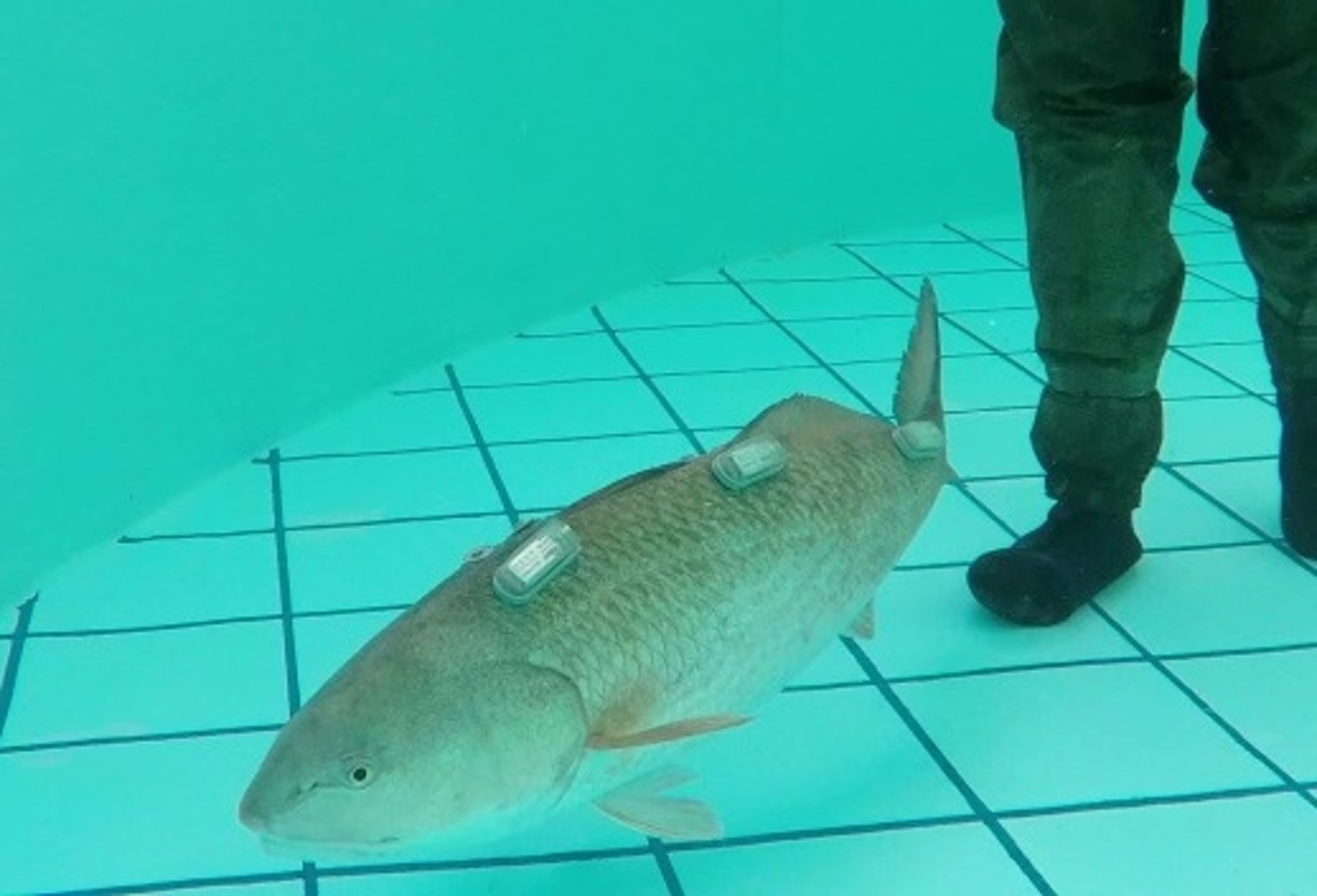From lab to ocean and in between: linking energetics, ecology and mechanics in fish locomotion
James C Liao
University of Florida, USA

In nature fishes often swim through complex habitats under competing demands, where unsteady flows and different physiological states can profoundly alter the mechanics and energetics of locomotion. In the lab, recreating vortical flows reveals substantial changes in swimming kinematics, muscle activity and energetic costs, which can be understood in the context of movement performance. Swimming energetics change with flow speed, hunger state, body morphology and availability of sensory inputs, which has important implications for the natural behavior and spatial distribution of fishes. In the wild, observing behavior and the conditions that elicit them provide a compass for navigating a more wholistic understanding of locomotion. Acoustic telemetry can provide insight into the flow speeds that fish encounter, their self-selected swimming speeds in response to these flows, the seasonality of their movements, and habitat useage. A unique, intermediate approach is to calibrate the swimming kinematics and oxygen consumption of wild fish with accelerometers before release into large, outdoor mesocosms. The synchronization of video-based kinematics with accelerometers in more natural spaces than laboratory studies promises to provide a window into natural fish behavior that is currently out of reach. Additionally, advances in neural recording devices could expand the opportunity to study how and why animals move in natural environments.
Ultimately what matters to a fish is performance. Because there are energetic and ecological contexts to behaviors that rely on locomotion, such as capturing prey or orienting to flow, any comprehensive understanding of swimming must consider them. This will determine our ability to arrive at a more integrated framework to better understand aquatic animal locomotion in the years to come.









You must be logged in to post a comment.